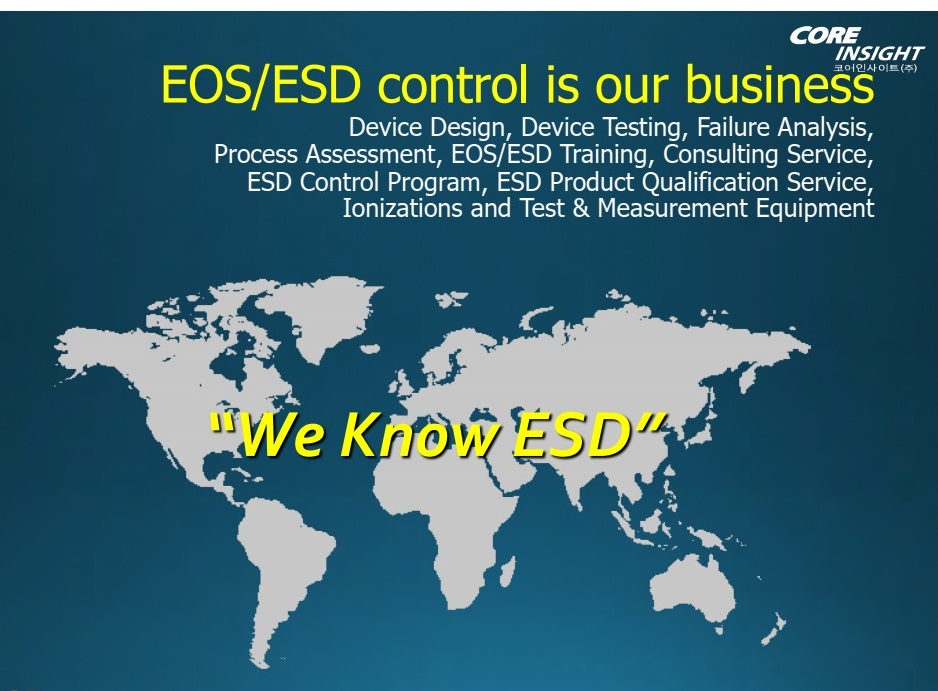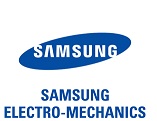How Automation Trends Influence Hand Soldering, Rework, and Repair
How Automation Trends Influence Hand Soldering, Rework, and Repair

The evolution of electronics and devices must keep pace to meet today’s operator challenges. As technology in the electronics industry rapidly advances, electronic devices are getting smaller, faster, and more functional. Advanced printed circuit ...
The evolution of electronics and devices must keep pace to meet today’s operator challenges. As technology in the electronics industry rapidly advances, electronic devices are getting smaller, faster, and more functional. Advanced printed circuit boards (PCBs) are now double-sided with stacked multiple layers. Thus, they are far more complex than conventional PCB designs and contain more components in tighter spaces, creating high-density interconnect (HDI) PCB configurations.
The evolution of electronics and devices must keep pace to meet today’s operator challenges. As technology in the electronics industry rapidly advances, electronic devices are getting smaller, faster, and more functional. Advanced printed circuit boards (PCBs) are now double-sided with stacked multiple layers. Thus, they are far more complex than conventional PCB designs and contain more components in tighter spaces, creating high-density interconnect (HDI) PCB configurations.
Today’s high-power industrial electronics and high-frequency telecommunication devices present additional challenging applications, which need to be completed by operators using hand soldering. These devices tend to utilize more metal in their designs for multiple reasons.
For example, multilayered copper ground planes provide signal integrity by reducing internal cross-talk interference, and large metal heat sinks dissipate heat away from heat-sensitive components. The electronics inside electric vehicle charging stations, alternating current/direct current converters, Wi-Fi, and radar are examples of highly metalized electronic assemblies. Highly metalized PCBs create a high-thermal demand (HTD) during hand soldering because the high metal content conducts heat away from the soldering tip. This HTD makes it difficult to maintain the soldering tip temperature needed to melt the solder and create a good solder joint. Technicians might compensate by extending dwell time (the time they hold the hot tip of the soldering iron to the solder joint) or by raising the temperature at the tip of the soldering iron. These compensation methods not only decrease the life of the soldering tip but also result in damage to circuit boards and heat-sensitive components

- Hôm nay 402
- Tổng lượt truy cập 1,778,633

.jpg)




























Bình luận từ Facebook
Phản hồi